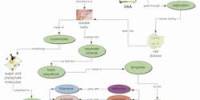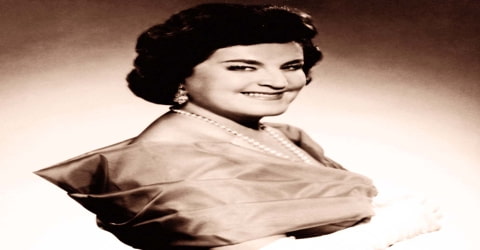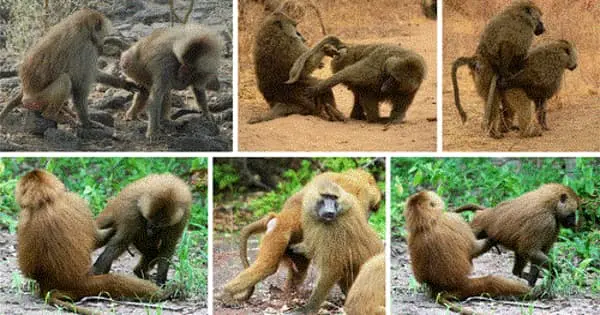LEATHER MANUFACTURING PROCESS:
There are many ways of tanning, it is to be thought that the raw hides and skins were at first merely dried and preserved by smoking until. With the development of civilization, it was found that they could be made much more durable by treating them with different plant extract called as vegetable tannin.
In a word, at that time all of the tanning process caused the following changes in the raw hides and skins.
- The tanned skin does not become a hard and brittle material but remain flexible.
- They remain imputrescible for a longer time.
The tanning process made the hides and skins more useful than ever before. Man soon found many ways to use them. Leather has been used for making shoes and every possible article of clothing, bags, buckets, harness, ropes, upholstery, parchment and other coverings. However, to meet the demand of the present uses leather must contain the following properties:
- Leather should be supple and soft feel.
- It should be flexible enough.
- It should have high shrinkage temperature.
- It should have enough fullness.
- It should have attractive color.
- It should have level color.
- It should have colorfastness.
- It should have light fastness.
- It should have enough strength.
- It should not have any toxic chemical.
- It should have perspiration fastness.
- It should have water fastness.
- It should have embossing properties.
- It should have other specific properties for specific leather.
In the modern time the leather processing is a poly steps chemical and mechanical method and these steps are shortly described below:
The leather processing procedure from wet blue cow hide is divided into the following steps. They are-
- Crust Operations.
- Finishing Operations.
CURST OPERATIONS:
Samming, Splitting, Shaving, Trimming and weighing:
If the tanned leathers are too wet, the excess water is quickly removed by samming operation. It is a mechanical operation.
If the hides and skins are thick enough, it may be split into two or three layers e.g. a grain layer and one or two flesh layer that is called splits.
Getting required thickness and to level off the thicker areas, the hides and skins are shaved by shaving machine. In this case, the condition of the hides and skins is important. This condition is controlled by adjusting the dampness of the skin.
After shaving the leathers are trimmed and weighed carefully, as the percentage (%) of the chemicals for the subsequent operations are based on this weight.
Washing and Wet back:
The shaved and weighed leathers are washed with water and wet back again. The objects of this operation are:
- To remove the shaving dust and other dirt.
- To wet back again.
• To remove the surplus tannin on the surface.
• Rechroming.
In this operation the leather is treated with chrome tannin.
Neutralization:
It is very important that neutralization is done prior to retanning to get proper penetration and levelness of dyeing and fat liquoring.
Neutralization removes the acid, from the skin and hence reduces the cationic charge, so that there is less reaction with the retanning materials, dyes and fat liquors (usually anionic in charge), which then penetrate into the skin more uniformly and thoroughly.
Retanning:
After neutralization the leather is again treated with one or more tanning materials and filling agents. This operation is called retanning. At the retanning we can improve the leather condition for its subsequent uses and can provide maximum number of desirable properties.
Dyeing and fat liquoring:
As dyeing and fat liquoring of leather are the traditional methods but have the disadvantages of poor temperature control or mechanical action, PH control, timing etc. In this operation leather gets the specific color and lubrication.
Top Dye and Fat
Setting:
In this operation, the wrinkles are removed from the leather and the leather gets an even grain surface.
Vacuum drying:
In this mechanical operation the settled leathers are dried under controlled pressure and temperature.
Hang drying:
Drying occurs when the water in the skin evaporates into the surrounding air. Drying method, drying time and conditions largely depend on the final product.
Staking:
The principal mechanical softening operation is known as staking.
Toggling:
It is a drying process under tension. This enables it to be stretched out and the shape is adjusted to some extent.
Buffing and Dedusting:
Buffing consists of grinding the leather surface or flesh with an abrasive sand paper. It is used on the grain to remove surface blemishes and thus provide a more uniform surface, to which pigment and other finishes can be applied. In many cases it is essential to remove any remaining buffing dust from the leather by brushing, air blast, case drumming or similar processes, as its presence can seriously hamper later processes.
Trimming and Dry vacuum:
The dried leather may be trimmed at this stage to remove any raged, nail, holes, toggle marks etc. It is obvious that, where leathers are sold by area. The trimming operation is very important and must be carefully carried out. Dry vacuum makes the leather more smooth feel and flatted.
















